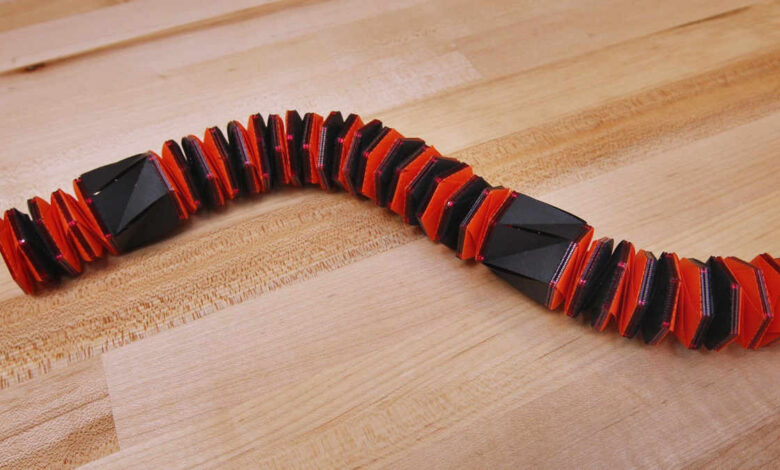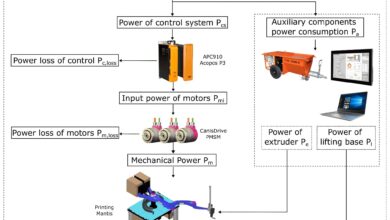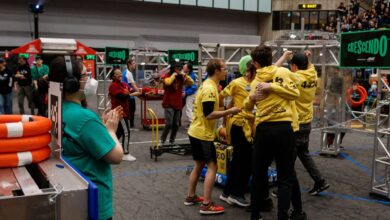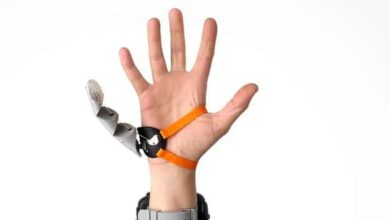New origami robot crawls like a caterpillar

Combining the ancient art of paper folding with modern materials, researchers have created a new caterpillar-like soft robot which bends and twists through mazes.
The robot is made up of many modular segments which can operate independently, or as a longer unit in which they communicate with each other.
“The concept of modular soft robots can provide insight into future soft robots that can grow, repair, and develop new functions,” the researchers write in a paper published in the Proceedings of the National Academy of Sciences.
Soft robots are machines made of deformable materials, rather than rigid ones more commonly associated with robots. This makes them suitable for specific tasks like traversing complex environments or gripping. But their softness is often offset by rigid steering equipment which decreases overall flexibility.
The new design overcomes this by building the steering system directly into the robot’s body.
Often, soft robots take their inspiration from nature. Soft robots have been made to mimic fish, butterflies, human hands and even pasta (not quite “nature”, but you get the picture).
In the new robot, the researchers’ muse was the humble caterpillar.
“Although the inching motion and crawling motion of caterpillars have been widely studied in the design of soft robots, the steering motion with local bending control remains challenging,” the authors write.
The caterpillar robot’s flexible segments are all able to individually crawl forward, reverse, pick up cargo and assemble into longer squirmers.
“Each segment can be an individual unit, and they can communicate with each other and assemble on command,” says co-lead author Tuo Zhao from Princeton University in the US. “They can separate easily, and we use magnets to connect them.”
The robot’s cylindrical segments feature an origami form called a Kresling pattern. This allows them to twist into a flattened disc and expand back into a cylinder. Through this flattening and expanding, the robot can move and change direction.
To make these movements, the team used two materials which shrink or expand differently when heated. A thin stretchable heater of silver nanowire is installed along the folds. When an electrical current passes through the wire, the materials expand or fold along the strip. Calibrating the current means the researchers can precisely control the folding and bending to move and steer the robot.
“We have created a bio-inspired plug-and-play soft modular origami robot enabled by electrothermal actuation with highly bendable and adaptable heaters,” says senior author Glaucio Paulino. “This is a very promising technology with potential translation to robots that can grow, heal, and adapt on demand.”



